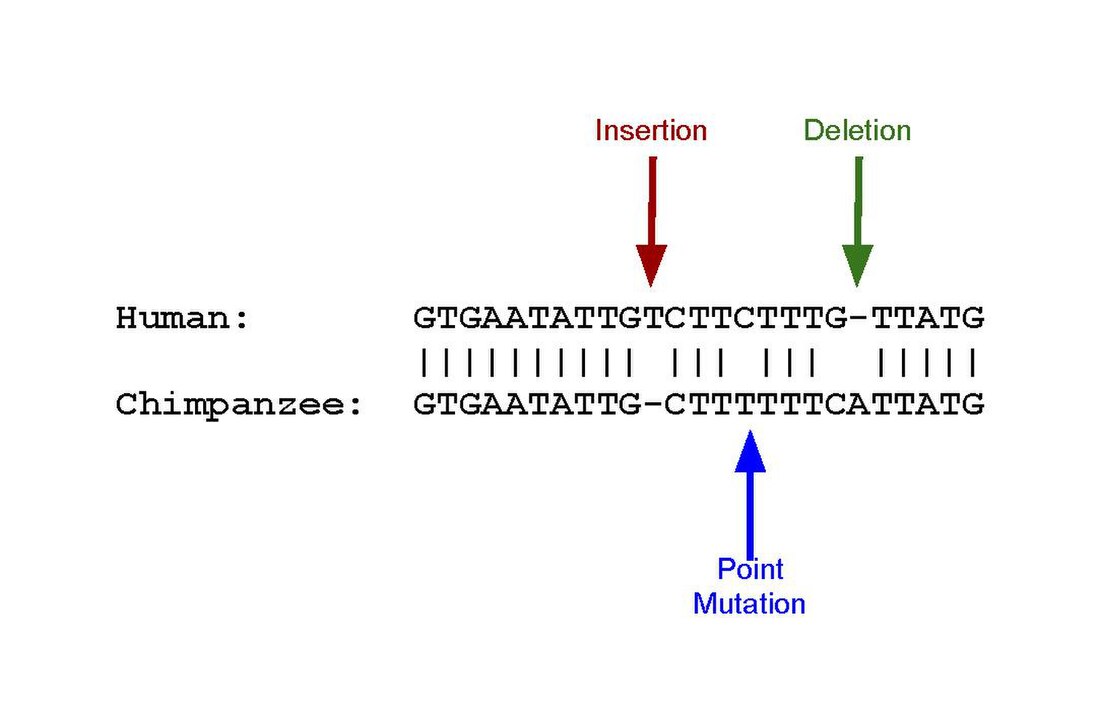Pseudogene
functionless relative of a gene From Wikipedia, the free encyclopedia
Pseudogenes are genes that have lost their function. They have lost their gene expression in the cell or their ability to code protein.[1] The term was coined in 1977.[2]

Pseudogenes can result from mutations in a gene whose product is not needed for the survival of the organism. Although not protein-coding, the DNA of pseudogenes may be functional.[3] It may be similar to other kinds of non-coding DNA which have a regulatory role.
Most have some gene-like features. They lack protein-coding ability resulting from a variety of disabling mutations, or their inability to encode RNA (such as with rRNA pseudogenes).[4]
Pseudogenes are generally thought of as the last stop for genomic material that is to be removed from the genome,[5] so they are often labeled as junk DNA. Pseudogenes contain fascinating biological and evolutionary histories in their sequences. This is due to a pseudogene's shared ancestry with a functional gene. In the same way that Darwin thought of two species as having a shared common ancestry followed by millions of years of evolutionary divergence (see speciation), a pseudogene and its associated functional gene also share a common ancestor and have diverged as separate genetic entities over millions of years.
References
Wikiwand - on
Seamless Wikipedia browsing. On steroids.
